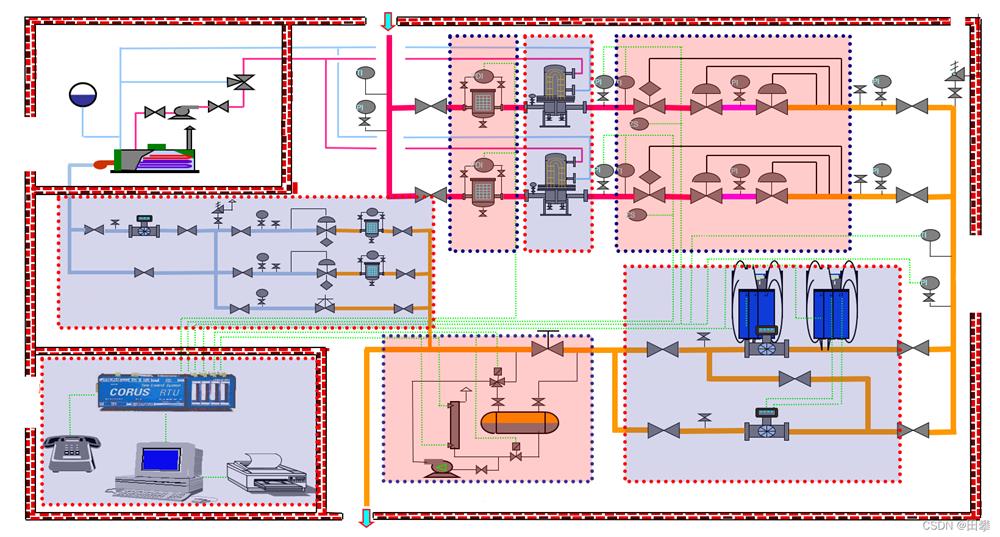Gas is a general term for gaseous fuels that burn and emit heat for use by urban residents and industrial enterprises. There are many types of gas, mainly natural gas, artificial gas, liquefied petroleum gas and biogas.
There are 4 types of common town gas: Natural Gas, Artificial Gas, Liquefied Petroleum Gas, Substitute Natural Gas
1. Liquefied Petroleum Gas:
LPG is produced mainly from oil refineries during the cracking process of oil extraction, its main components are propane and butane, with small amounts of propylene and butene.
2. Substitute Natural Gas:
LPG is heated and volatilized into a gaseous state in special equipment, and at the same time a quantity of air (about 50%) is mixed in to expand its volume, dilute its concentration and reduce its calorific value so that it can be supplied as natural gas.
3. Artificial Gas:
Gases made from solid fuels such as coal and coke or liquid fuels such as heavy oil through processes such as dry distillation, vaporization or cracking, whose main components are hydrogen, nitrogen, carbon monoxide and carbon dioxide.
4. Natural Gas:
A natural flammable gas that exists underground is called natural gas and is mainly composed of methane, but also contains small amounts of ethane, butane, pentane, carbon dioxide, carbon monoxide, hydrogen sulfide, etc.
There are five types of natural gas, depending on how they are formed and extracted:
1. Pure natural gas: Natural gas is extracted from underground fields.
2. Oil-associated gas Gas: This kind of gas is extracted from a piece of oil is called oil-associated gas.
3. Mine gas: Mine gas is collected during coal mining.
4. Condensate field gas: Gas containing light fractions of petroleum.
5. Coalbed methane Mine gas: It is extracted from underground coal seams
When delivering gas, gas pipeline ball valves are used for the control of gas gate stations, while gas meter valves are used for the control of household gas.
Post time: Jul-04-2022








